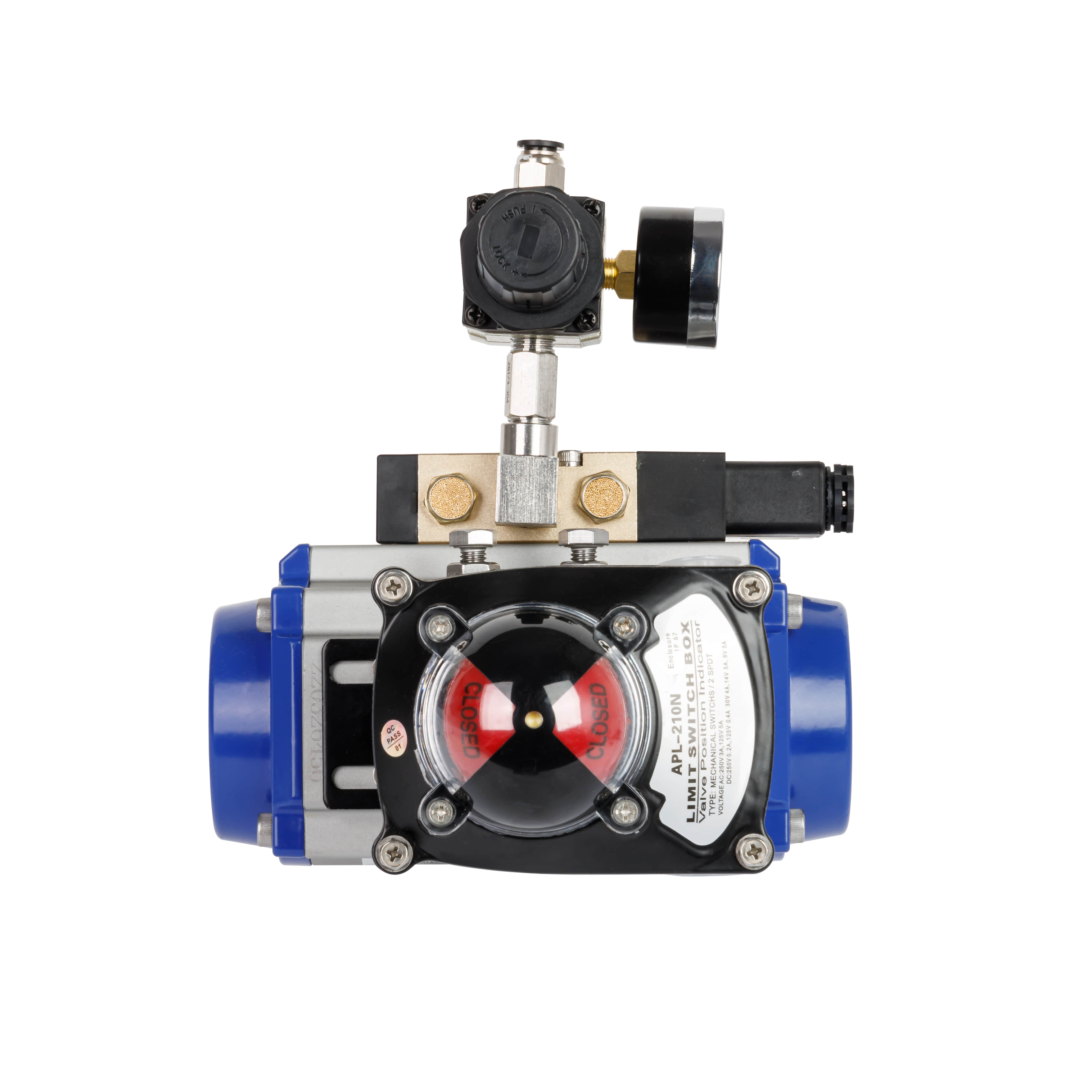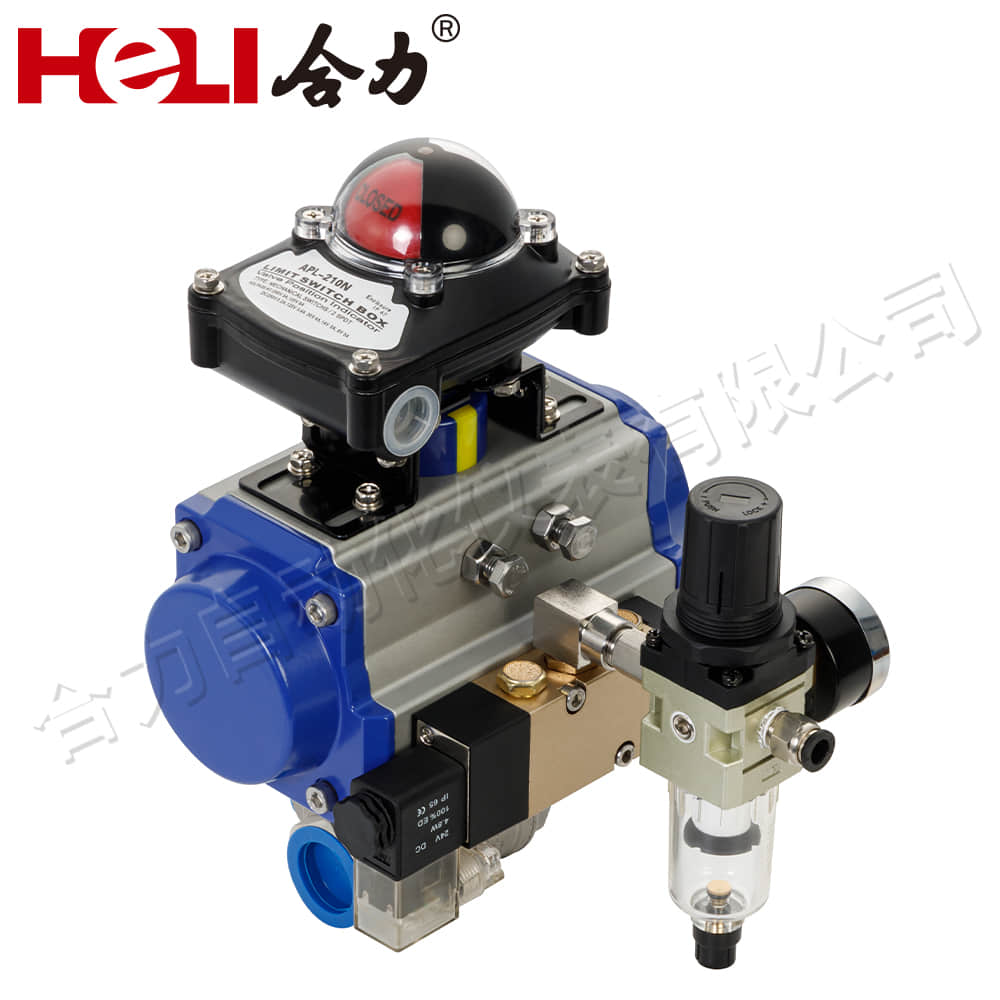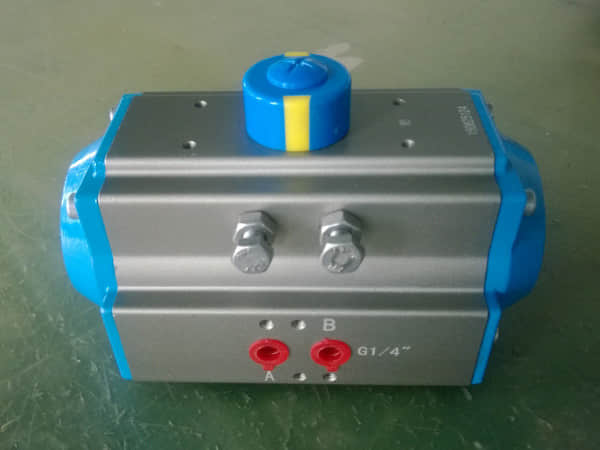understanding pneumatic actuators: mechanisms and applications
Release time:2024-11-26 13:00:41

Pneumatic actuators are vital components in various industrial applications, converting compressed air into mechanical motion. They play a crucial role in automation systems, enabling machines to perform specific tasks efficiently. This article explores the mechanisms behind pneumatic actuators, their types, advantages, and common applications.

What is a Pneumatic Actuator?

A pneumatic actuator operates by using compressed air to create motion. This motion can be linear or rotary, depending on the design of the actuator. The basic working principle involves the conversion of air pressure into mechanical force, which can then be used to drive other mechanical components like valves, dampers, and cylinders. Mechanism of Operation



